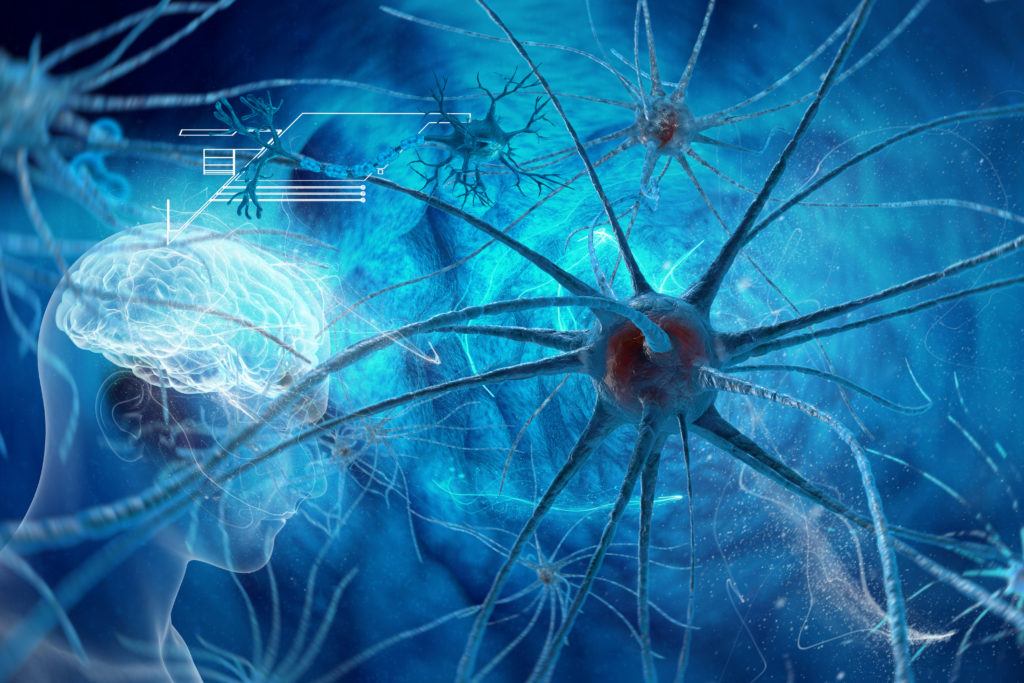
After decades of conjecture, scientists have finally experimentally demonstrated that psilacetin serves as a prodrug of the psychedelic compound psilocin when administered to laboratory animals. This metabolic pathway is shown in Figure 1 below.
Psilacetin Background
Psychedelic Science Review previously summarized the state of the art for psilacetin in a 2019 article. Psilacetin (4-AcO-DMT) was first generally disclosed in a 1963 patent by Albert Hofmann and Franz Toxler.1 In 1999, David Nichols and Stewart Frescas suggested that psilacetin could serve as a psilocin prodrug, even offering some advantages over psilocybin including lower cost (they also improved upon Hofmann and Troxler’s synthesis method for psilocybin).2 Then, in 2019, researchers at CaaMTech and the University of Massachusetts Dartmouth solved the crystal structure of psilacetin fumarate, revealing two protonated psilacetin molecules that are charge-balanced by one fumarate dianion.3
Validating Nichols and Frescas’ Hypothesis
Now, Nathan Jones, Cody Wenthur, and their research group at the University of Wisconsin-Madison School of Pharmacy published a new paper entitled “In vivo validation of psilacetin as a prodrug yielding modestly lower peripheral psilocin exposure than psilocybin.”4
In the paper, the authors claim that their “findings provide the first direct support for the longstanding assumption in the field that psilacetin functions as a prodrug for psilocin in vivo.” They also reported the following results:
- Psilocybin led to 10–25% higher psilocin concentrations than psilacetin at 15-min post-injection.
- The half-life of psilocin was approximately 30 min, irrespective of whether it came from psilocybin or psilacetin.
- Overall, the relative amount of psilocin exposure from psilacetin fumarate was found to be approximately 70% of that from psilocybin.
Jones et al. Build on the Work of Glatfelter et al.
In 2022, Grant Glatfelter et al. reported the comparative in vitro and behavioral pharmacology of psilacetin, psilocybin, psilocin, other tryptamines found in magic mushrooms, and synthetic derivatives of them.5 In that work, the authors reported that “psilacetin appears to be a prodrug for psilocin” but conceded that “definitive biotransformation studies in animals are lacking,” leading them to conclude that “[f]uture studies should directly test the hypothesis that psilacetin is hydrolyzed to psilocin in vivo.”
In this recent paper, Jones et al. explain “we directly respond to this request” and “validate the long-standing assumption that psilacetin acts as a psilocin prodrug in vivo.” Towards this end, Jones et al. demonstrated that psilocin (the metabolic hydrolysis product of psilacetin) is present in blood plasma 15 minutes after administering psilacetin to mice (Figure 2).

Figure 2: Metabolically derived psilocin is rapidly detectable following psilocybin and psilacetin fumarate injections in mice. Psilocin concentrations were detected in plasma 15 min after intraperitoneal injection. (A) Matched equimolar doses equivalent to either 1 mg/kg psilocin (4.90 μmol/kg) or 3 mg/kg psilocin (14.68 μmol/kg). One outlier was removed for psilacetin at 14.68 μmol/kg (ROUT, 1%). (B) Interleaved doses of psilacetin fumarate (1.88 μmol/ kg; 5.63 μmol/kg) and psilocybin (4.05 μmol/kg; 12.17 μmol/kg) across an escalating range. Data are shown as mean ± SEM.4
Interestingly, Jones et al. note that administering equimolar amounts of psilocybin results in comparatively higher psilocin concentrations vis-a-vis psilacetin. This result is inconsistent with the earlier results from Glatfelter et al., which demonstrated that psilacetin is more potent than psilocybin in behavioral models.5
One explanation for this discrepancy could be that Jones et al. did not measure psilocin plasma concentrations during the first 15-minutes following injection and would have missed any psilocin that was generated and distributed/cleared during that time frame. Indeed, Figure 3 below shows that the study only measured the descending limb of the psilocin plasma concentration, leaving psilocin plasma concentrations at timepoints earlier than 15 minutes an open question.

Figure 3: Metabolism of psilacetin fumarate in mice yields a lower psilocin plasma exposure as compared to the metabolism of psilocybin. Psilocin plasma concentration time courses from (A) doses of psilocybin (12.17 μmol/kg; n = 12, 4/timepoint) and psilacetin fumarate (5.68 μmol/kg; n = 9, 3/timepoint) between 15 and 60 min after intraperitoneal injection.4
Next Steps
The psychedelic landscape is revealing new clues and answering questions as researchers stand on the shoulders of giants like Albert Hofmann and David Nichols. Over two decades after Nichols and Frescas proposed the idea (and sixty years after Hofmann and Troxler), Jones et al. have succeeded in showing that psilacetin is a prodrug of psilocin in vivo. These findings open up new research avenues for potentially more practical and effective therapies for conditions including depression and anxiety.
We would love to hear your thoughts on this study. Feel free to comment in the section below.
